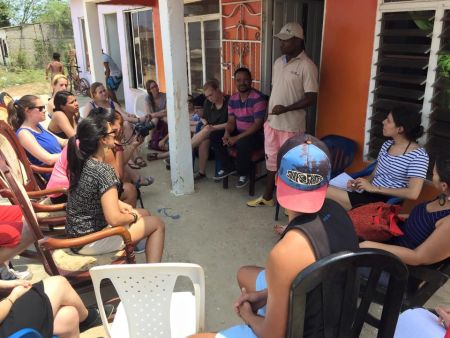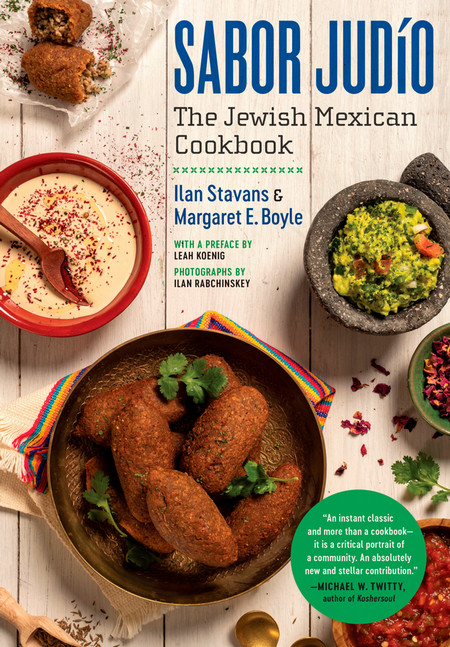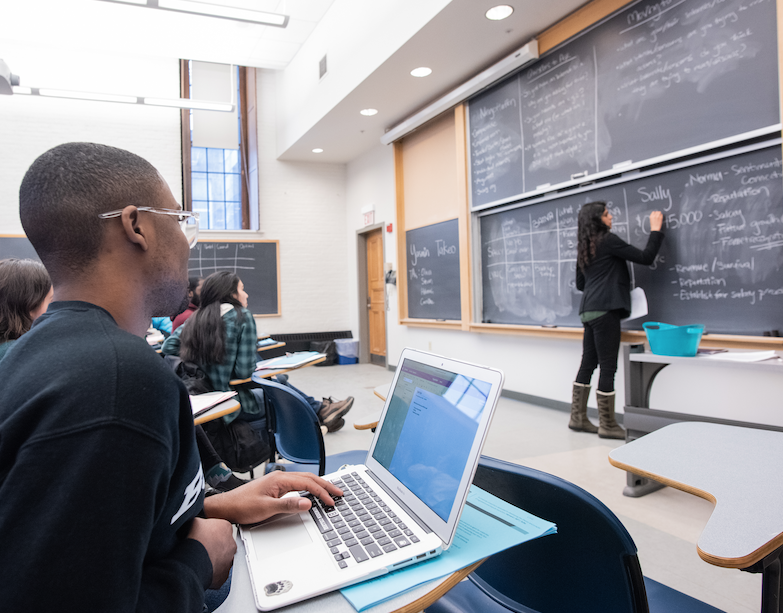A Journey around Macondo
By Latin American StudiesDuring the second week of spring break (2015), a group of students from Nadia Celis’s class “A Journey around Macondo” set out to explore the region that gave rise to, and is depicted in, one of the defining novels of the 20th century— Gabriel García Márquez’s One Hundred Years of Solitude. A native of Cartagena, Professor Celis was able to offer her students a unique window into how the cultural, historic, and geographic setting of the Caribbean coast of Colombia inspired and illuminates García Márquez’s work.
On their first afternoon in Cartagena, the group 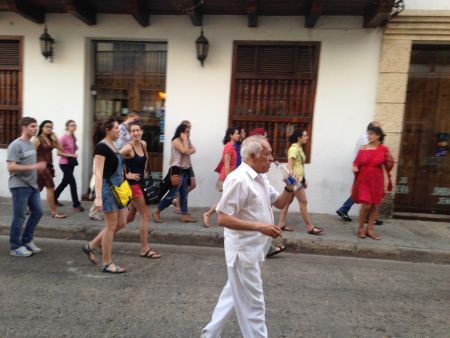 was met by Jaime García Márquez, the late author’s younger brother, for a walking-tour of the colonial center of the city. Dressed in crisp white shirt and pants, Jaime gestured animatedly as he told stories from his brother’s early years as a journalist in the city. Transmitting an awe and affection for Gabo, as he calls Colombia’s Nobel winner, Jaime used a water bottle as a prop in his stories. It morphed from the typewriter the writer almost pawned for alcohol money on his 21st birthday, to the coconut whose water nourished the protagonist in Gabo’s breakthrough non-fiction chronicle The Story of a Shipwrecked Sailor, to the paper given to the author as a child by his grandparents in order to dissuade him from drawing on the walls. The tour ended in a plaza that serves as the setting for scenes in the novel Love in the time of Cholera, in front the house that the author envisioned as Fermina Daza’s.
was met by Jaime García Márquez, the late author’s younger brother, for a walking-tour of the colonial center of the city. Dressed in crisp white shirt and pants, Jaime gestured animatedly as he told stories from his brother’s early years as a journalist in the city. Transmitting an awe and affection for Gabo, as he calls Colombia’s Nobel winner, Jaime used a water bottle as a prop in his stories. It morphed from the typewriter the writer almost pawned for alcohol money on his 21st birthday, to the coconut whose water nourished the protagonist in Gabo’s breakthrough non-fiction chronicle The Story of a Shipwrecked Sailor, to the paper given to the author as a child by his grandparents in order to dissuade him from drawing on the walls. The tour ended in a plaza that serves as the setting for scenes in the novel Love in the time of Cholera, in front the house that the author envisioned as Fermina Daza’s.
So began a whirlwind of learning experiences that traced connections in all sorts of directions. Students attended lectures with Colombian scholars with topics ranging from the use of biblical structures in, to the 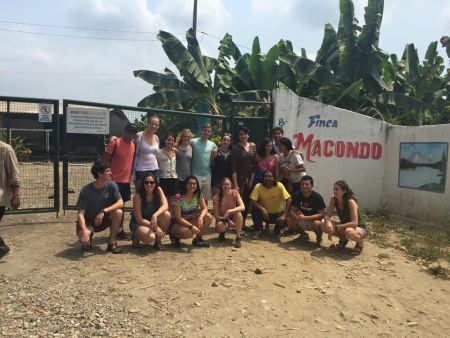 history of banana companies in the region of García Márquez’s upbringing, to reading the author’s work through the critical lens of gender, to the fruitful dialogue between García Márquez and popular musicians of the Caribbean coast. These lectures were complemented by visits to museums and opportunities to engage with local activists.
history of banana companies in the region of García Márquez’s upbringing, to reading the author’s work through the critical lens of gender, to the fruitful dialogue between García Márquez and popular musicians of the Caribbean coast. These lectures were complemented by visits to museums and opportunities to engage with local activists.
In addition to the literary and cultural content of the trip, students benefited from the language immersion that the trip offered. But perhaps what made the trip most powerful for students was the way in which it straddled boundaries and explored contrasts— between sophisticated literature and popular culture, between oral and written narratives, and between collective experience and individual awareness.
By visiting marginalized neighborhoods within the city of Cartagena and listening to community leaders speak about their struggles, students gained an awareness of how the legacies of colonialism and the forces of globalization are experienced at the local level. Danielle Freeman ’17 comments, “[the trip] gave me the chance to learn first-hand about the challenges facing Latin American countries today, which is essential for understanding the work of Gabriel García Márquez.”
Students returned to Bowdoin with a heightened sense of the importance of García Márquez’s work beyond literary circles. Alexxa Leon ’15 comments, “This program allowed for a greater understanding of Gabriel García Márquez’s use of magic realism and why he argues that it is necessary for Latin America to be understood through its own lens and not the lens of the West.”
